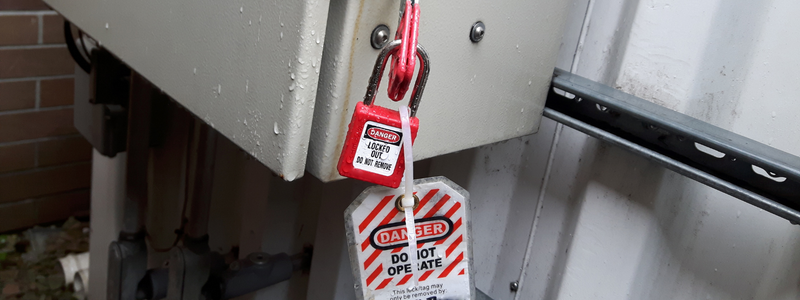
Control of Hazardous Energy: LockOut/TagOut (LOTO)
Employers are required by OSHA to create a safe work environment, including protection from hazardous energy sources on machines and equipment during use or maintenance.
More than just LockOut/TagOut, a complete Hazardous Energy Program requires employee training to ensure they know, understand, and follow proper protocols and control procedures to prevent injury when operating or maintaining equipment in the workplace.
The minimum OSHA requirements for employers whose employees work with potentially hazardous machinery include:
- Develop, implement, and enforce an energy control program.
- Use of required lockout/tagout devices for equipment that can be locked out.
- Ensure new or overhauled equipment is capable of being locked out.
- Develop, implement, and enforce an effective tagout program if machines or equipment are not capable of being locked out.
- Develop, document, implement, and enforce energy control procedures.
- Use only lockout/tagout devices authorized for the particular equipment or machinery and ensure that they are durable, standardized, and substantial.
- Ensure that lockout/tagout devices identify the individual users.
- Establish a policy that permits only the employee who applied a lockout/tagout device to remove it.
- Inspect energy control procedures at least annually.
- Provide effective training as mandated for all employees covered by the standard.
- Comply with the additional energy control provisions in OSHA standards when machines or equipment must be tested or repositioned, when outside contractors work at the site, in group lockout situations, and during shift or personnel changes.
B&W Compliance offers complete programs that cover all regulations by OSHA, State and Federal, including written manuals and employee training.
Contact us today to learn more!
Call 510-560-6191
Is Your Business OSHA Compliant?
Fill out the survey below to receive a complimentary consultation
from a safety professional in your field.


